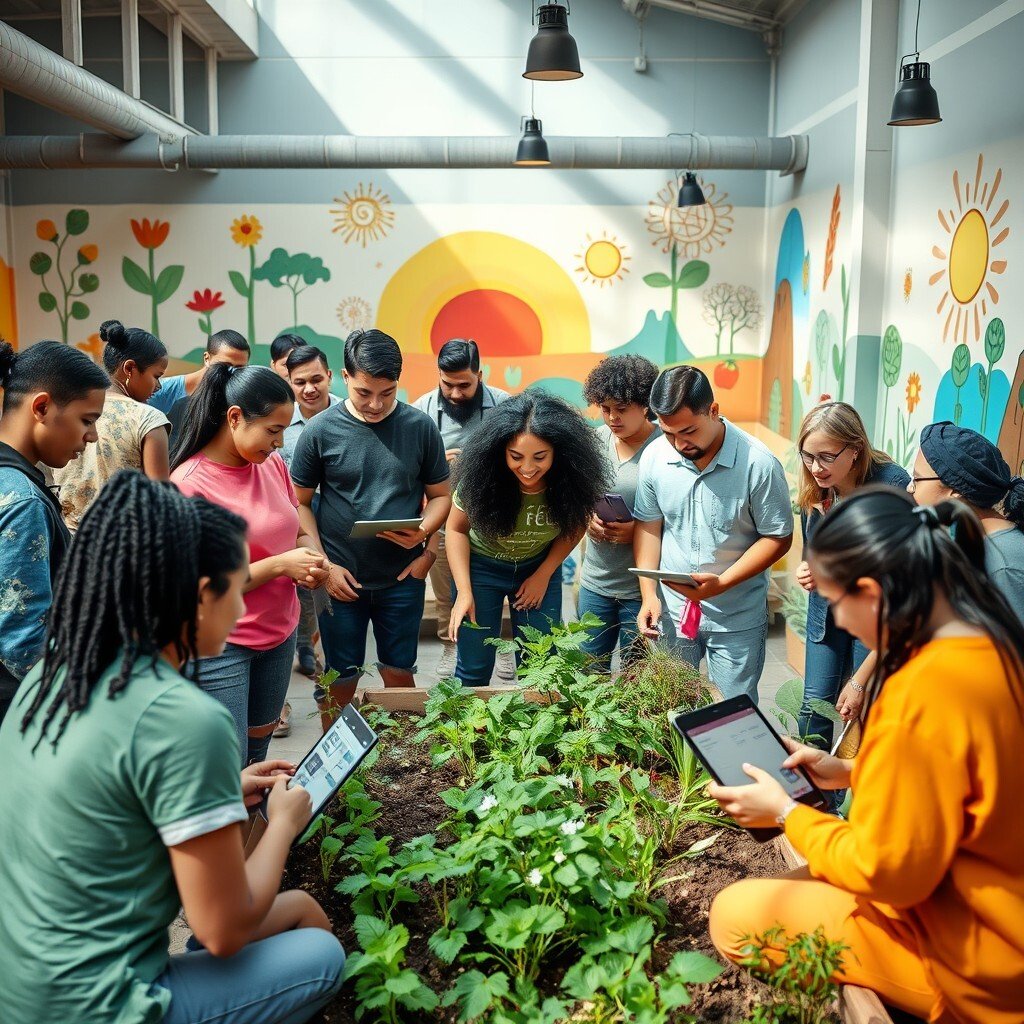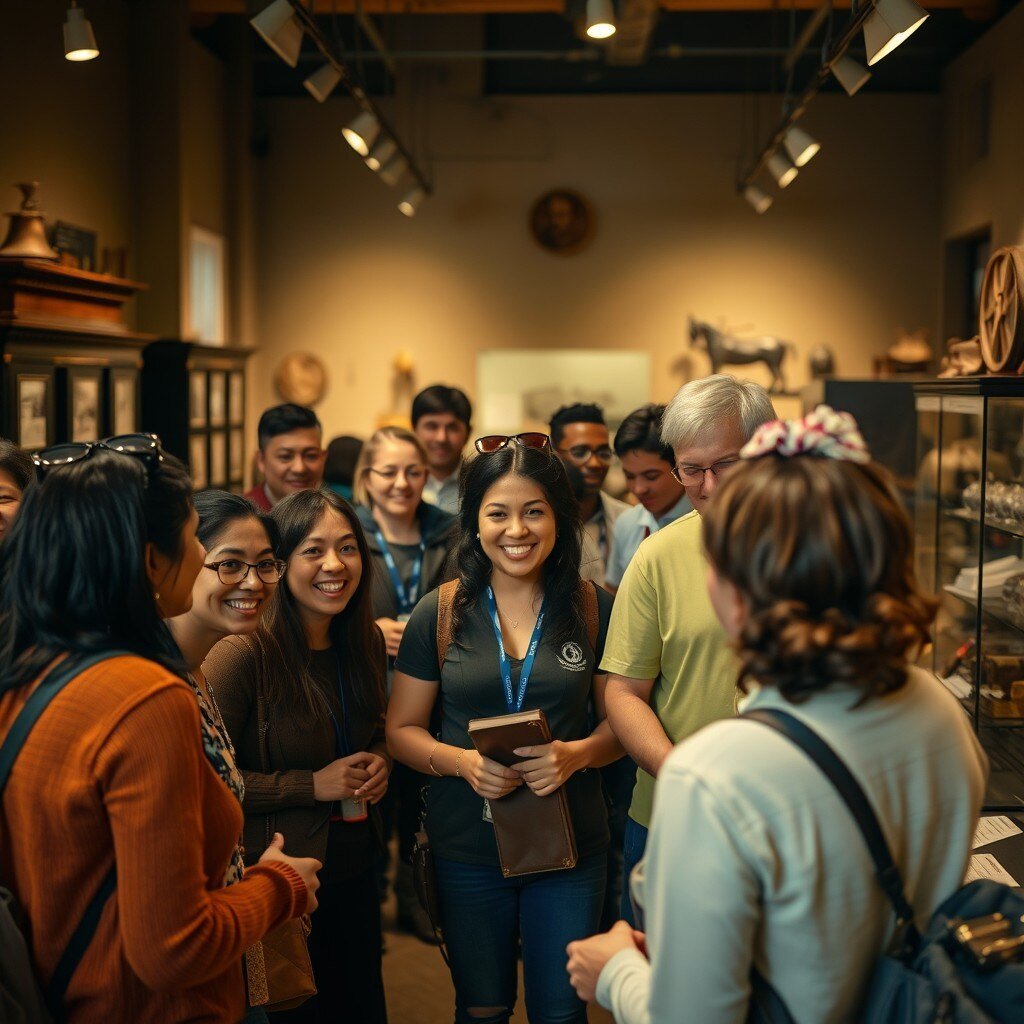Beyond Volunteers’ Week: The Power of Small Acts of Appreciation
For the past 41 years the first week of June has seen the UK host Volunteers’ Week. This is an opportunity for organisations and communities to...

I recently came across an excellent article by Milad Haghani, an Associate Professor of Urban Resilience and Safety at the University of Melbourne. It was published by ABC in Australia and is titled, “Volunteerism in Australia Has Been Declining for Decades — Unless We Reimagine It, We Risk Losing One of Our Greatest National Assets”.
I’ve been fortunate enough to visit Australia on several occasions and have spoken at length with volunteer engagement colleagues there about the challenges and opportunities volunteering faced in that wonderful country. Milad’s piece does a fantastic job of summarising and articulating some of those issues. Whilst it is rooted in an Australian context, and specifically emergency service volunteering, there is a lot that we can learn and apply here in the UK, in other countries, and in other volunteer engagement contexts.
In this article, I want to turn the spotlight onto some of my favourite observations that Milad makes, and make a few remarks of my own.
”Volunteering is also an assertion of agency. In a world where disasters often leave people feeling powerless, stepping forward to help is a defiant act. It says, I refuse to be a passive bystander.”
We live in challenging times. So much that is happening in our world can make us fearful and feel powerless to act. Disasters, war, political turmoil, and the climate crisis are just a few examples. Volunteering gives us a way to get involved to go beyond the cliché and truly make a difference, that can help to not only improve things for society but have a positive impact on our wellbeing because the frustration and fear take a back seat to action and impact.
We rarely seem to promote volunteering in this way. Perhaps we should?
”The question is no longer just how to recruit more volunteers, but how to completely rethink what recruitment even means in a society that’s changed. Instead of blaming the community for not engaging with volunteering, perhaps emergency organisations need to ask how well they’re engaging with today’s community and how they can revisit existing models of recruitment.”
Absolutely!
I’m fond of saying that people today don’t want to volunteer on our terms any more, they want us to engage them on their terms. This has implications for the flexibility we offer (see below) but it goes wider than that. It’s also applicable to many more organisations than those that respond to emergencies.
Do we see volunteer time as a natural resource that should be effectively stewarded and nurtured in our community, or something we want to hoard for ourselves?
Do we engage in our communities, co-creating ways for people to get involved, or do we take a transactional approach to getting what we can to help us fulfil our missions?
Do we hoard power and control over how things get done, or enable and empower passion and potential to be released for the good of all?
Do we ask how people can bring their skills, talents, and experience to help us in our work, or simply ask they do the roles we have already determined are important?
”The first thing that needs to change is the messaging. It’s not enough just to call for help. We need to make volunteering feel like something that belongs to everyone, regardless of background, lifestyle or circumstance.”
This is a long-standing gripe of mine. Most volunteer recruitment messaging sucks. It stands out as being more about what we need than what people will gain from volunteering.
“We (desperately/urgently) need volunteers”. So what? It’s like Samsung saying, “Buy our stuff so we can make more money”. Who cares? That’s not how marketing and advertising work.
How can we adapt our recruitment messaging to make it more engaging and meaningful to the consumer, the potential volunteer?
How can we sell the benefits, not the features, of volunteering, so people actually want to do it?
How can we employ storytelling to get people to care about our cause and our work before we hit them with a volunteering ask?
How do we do this so that everyone can help, not just those we’ve always welcomed in the past?
”Volunteering models must become more flexible.”
The 2023 Time Well Spent report found that 14% of non-volunteers were put off volunteering because they didn’t think it was going to be flexible enough to fit around the demands of their lives. Yet, 82% of current volunteers reported that their volunteering was flexible enough to fit around the demands of their lives.
Before we even get started with volunteer recruitment, we have a perception gap to overcome. We have work to do to make our volunteer roles more flexible for current and prospective volunteers.
I think Volunteer Engagement Professionals tend to default in their thinking to flexibility meaning major role re-engineering of volunteer roles. Yet, it doesn't have to mean wholesale change — it could also be as simple as giving a little leeway in start and finish times for volunteer shifts.
”Strong volunteering cultures don’t just improve response to disasters. They build trust, social cohesion, purpose and belonging. They foster intergenerational connection in an era of social fragmentation. They reduce mental distress by providing meaningful roles and human contact. They offer immigrants and young people a way into community life that is dignified, reciprocal and empowering. These are not side benefits. They’re the threads of a society that holds itself together when things fall apart.”
No argument from me here either. Instead, my challenge is how we set our sights higher than just our organisations and our need to engage people as volunteers in our work.
How do we as Volunteer Engagement Professionals — indeed the whole volunteering ecosystem — elevate the role of volunteering in society to the point that it is viewed as fundamental to society in the way Milad articulates?
As he says, a strong volunteering culture isn’t a nice to have, it’s an essential element of a strong, resilient and dynamic society, one that binds people together, lifts people up and values the unique and diverse contributions we can all make.
What can we do to make that vision as reality?
”The solution isn’t guilt-tripping people into action. It’s designing systems, messages, and pathways that make stepping up feel possible. That make volunteering feel like belonging. That’s the challenge. And that’s the opportunity.”
What a great note to end on.
What are you doing to make stepping up feel possible?
What lessons are you learning?
What advice would you give others?
Leave a comment and share your thoughts and insights.
Featured Posts
.jpeg)
For the past 41 years the first week of June has seen the UK host Volunteers’ Week. This is an opportunity for organisations and communities to...

The idea of micro-volunteering is gaining traction, and for good reason. Fewer people are willing or able to commit to a regular shift. They want the...

Imagine waking up knowing that, because of you, someone has food on their table. A child feels safe. A family has hope again.